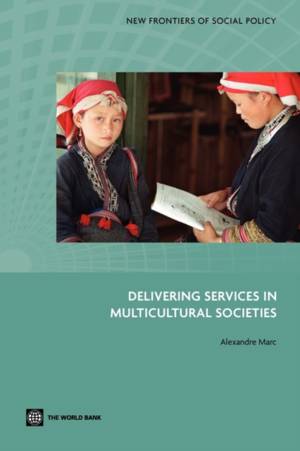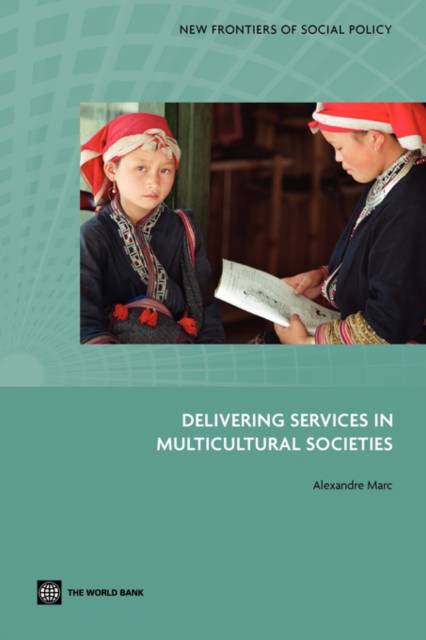
- Afhalen na 1 uur in een winkel met voorraad
- Gratis thuislevering in België vanaf € 30
- Ruim aanbod met 7 miljoen producten
- Afhalen na 1 uur in een winkel met voorraad
- Gratis thuislevering in België vanaf € 30
- Ruim aanbod met 7 miljoen producten
Zoeken
Omschrijving
Over the last two decades the world has witnessed an important transformation of the concept of citizenship and social integration, increasingly recognizing that cultural and ethnic diversity need to be considered when designing and implementing social policies. The increasing cultural diversity of societies, along with the important role culture plays in forming identities in these societies, creates major challenges for national and local governments in ensuring social cohesion and social inclusion. 'Delivering Services in Multicultural Societies' reviews recent approaches to recognizing cultural diversity when delivering basic services. It first discusses how supporting cultural diversity can help achieve social inclusion and social cohesion. It then considers the debate over multiculturalism from various perspectives and discusses the risks and benefits of policies that support cultural diversity. Also examined are policies and programs that support cultural diversity in the delivery of basic services, such as education, health care, customary law, traditional governance systems, and cultural services. For each of these services the author reviews main challenges and describes best practices. Finally, the book offers a synthesis of what has been learned about taking cultural diversity into account in service delivery.
Specificaties
Betrokkenen
- Auteur(s):
- Uitgeverij:
Inhoud
- Aantal bladzijden:
- 114
- Taal:
- Engels
- Reeks:
Eigenschappen
- Productcode (EAN):
- 9780821380499
- Verschijningsdatum:
- 1/10/2009
- Uitvoering:
- Paperback
- Formaat:
- Trade paperback (VS)
- Afmetingen:
- 150 mm x 226 mm
- Gewicht:
- 181 g

Alleen bij Standaard Boekhandel
+ 84 punten op je klantenkaart van Standaard Boekhandel
Beoordelingen
We publiceren alleen reviews die voldoen aan de voorwaarden voor reviews. Bekijk onze voorwaarden voor reviews.








